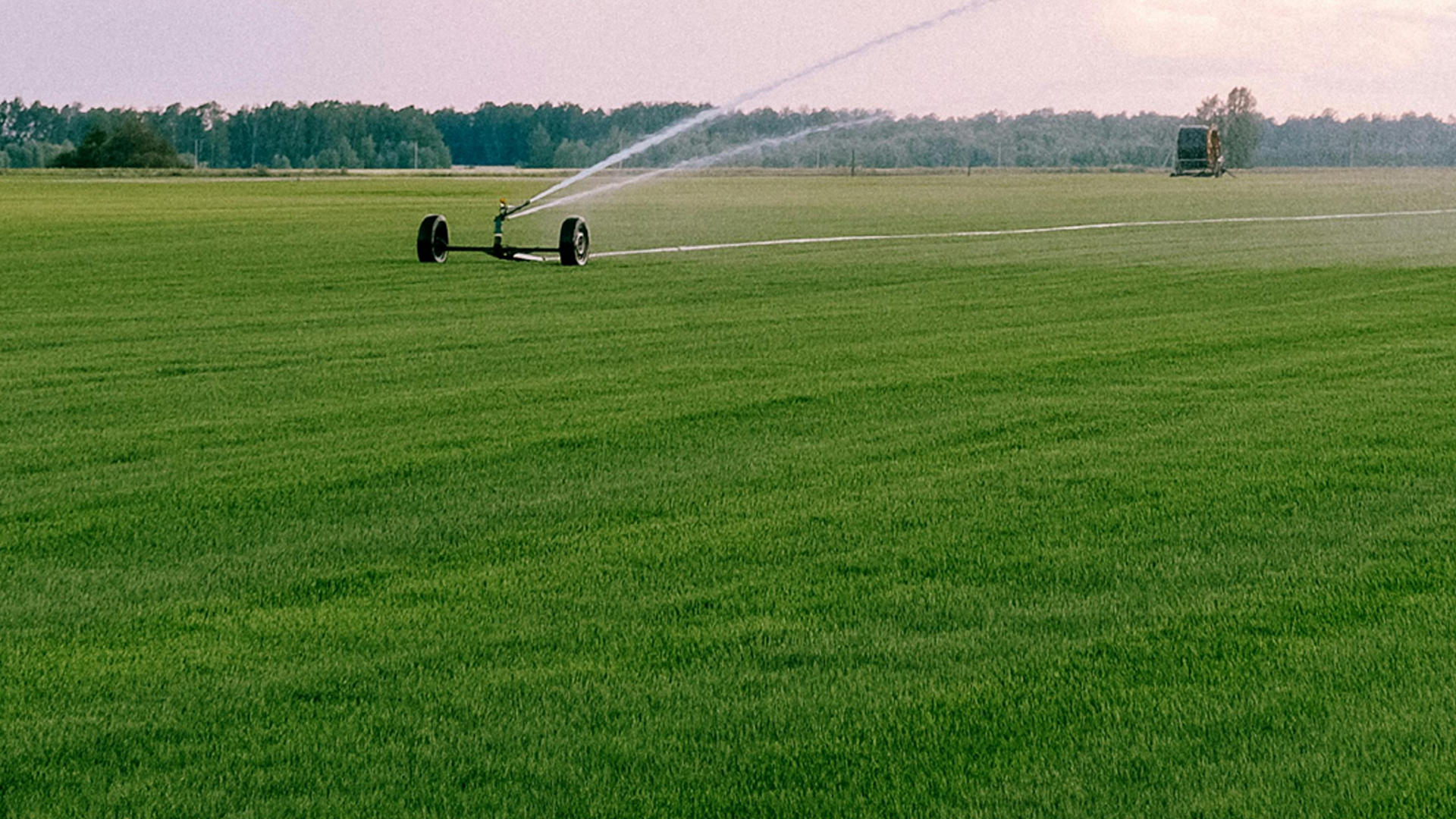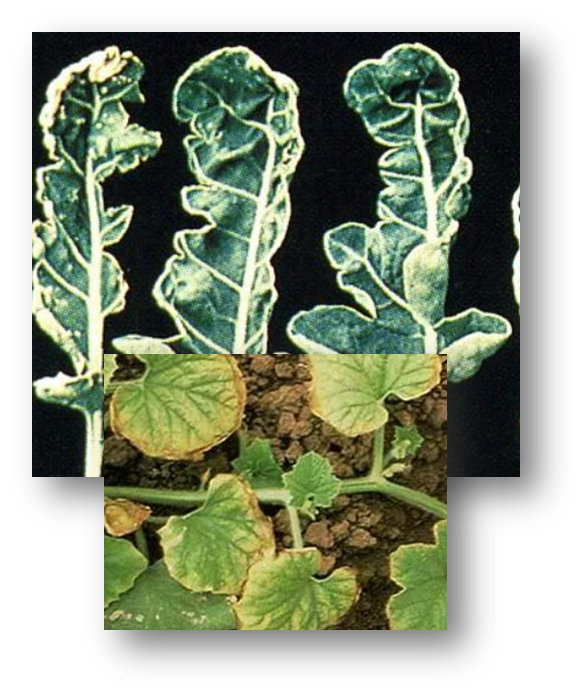
KNOW MORE

Molybdenum (Mo) is a trace element found in the soil and is required for the synthesis and activity of the enzyme nitrate reductase. Molybdenum is vital for the process of symbiotic nitrogen (N) fixation by Rhizobia bacteria in legume root modules.
Considering Mo’s importance in optimizing plant growth, it’s fortunate that Mo deficiencies are relatively rare in most agricultural cropping areas. Molybdenum-deficiency symptoms show up as a general yellowing and stunting of the plant. A Mo deficiency can also cause marginal scorching and cupping or rolling of leaves. Several materials supply Mo and can be mixed with nitrogen (N), phosphorus (P) and potassium (K) fertilizers applied as foliar sprays or used as a seed treatment. Seed treatment is the most common way of correcting Mo deficiency because of the very small amounts of the nutrient required. Plants take up Mo as the MoO₄⁻² anion Molybdenum becomes more available as soil pH goes up, the opposite of most other micronutrients. Excessive Mo is toxic, especially to grazing animals. Symptoms of deficiency can vary across crop species, but similarities exist for how nutrient insufficiency impacts plant tissue color and appearance. Nutrient deficiencies are commonly associated with the physical location on the plant (i.e., whether the symptoms are primarily observed on older versus newly formed plant tissue), but these symptoms can spread as the severity of the deficiency progresses.MOLYBDENUM
Rare Deficiency
Deficiency Symptoms
Usage
MoO₄⁻² Anion
Soil pH to Molybdenum Ratio
Toxicity
Molybdenum deficiency symptoms
PLANTAUX
MICRO-NUTRIENT

PLANTAUX
MACRONUTRIENT

PLANTAUX
SECONDARY NUTRIENT

PLANTAUX
BIO-FERTILIZERS / BIO-CONTROL AGENTS
Always read and follow label directions. . Results may vary depending on soil, climate or other conditions.
© 2024.All rights reserved. PLANTAUX.




























